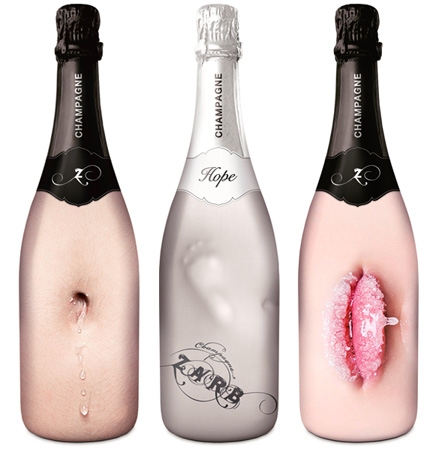If you're willing to spend about $20 to $30 you can get a very enjoyable wine. Here's some ones I turn to:
Chandon in Napa Valley has a line of what they call classic sparklers, but also have a reserve line of Brut, Blanc de Blancs and Rosé all retailing at $30.
Domaine Carneros Brut is a vintage-dated sparkler, 2008 is the current release, that retails for $28.
 | |
| Best for the money Image from rodererestate.com |
Gloria Ferrer non-vintage Blanc de Noirs is a great deal at $22.
Korbel organic Brut is not the same as their regular Brut you see in every wine shop and grocery store in America. The organic Brut is a nice wine for $16 and is a very worthwhile step up from the $10 junk you'll find in the store.
Roederer Estate Anderson Valley Brut. This non-vintage wine retails for $23 and is definitely a best buy at this price. This is one I can always trust to give me bang-for-the-buck.
Schramsberg Mirabelle. A non-vintage Brut retailing for $25 from the folks in Napa Valley that make the best bubbly in California.
If you're willing to spend a bit more try Iron Horse Wedding Cuvee for $38, a Blanc de Noirs. If you want to go cheaper find the Spanish sparkler, Freixenet, that goes for under $10.
Your prices and availability will vary depending on where you reside.
So what are all these weird terms you find when shopping for a sparkling wine? I blame the French. :)
Brut Dry (less sweet). Typically a blend of Chardonnay and Pinot Noir. By the way, Extra Dry is actually sweeter than Brut. See what the French have done?
Blanc de Blancs means "White from white." It's made from white wine grapes, usually Chardonnay.
Blanc de Noir "White from dark." Made primarily from red wine grapes, usually Pinot Noir.
Champagne is sparkling wine from the Champagne region of France. American producers used to call their sparklers Champagne, but we now have an agreement with the French not to do that. Some American producers were grandfathered in and still label their bubblies as American Champagne.
Cuvee A blend of wines for Champagne, oops I mean sparkling wine.
Methode Champenoise Sparkling wine has a secondary fermentation. That is, after the grape sugars are fermented to alcohol there's a second one to create the bubbles. If this is done individually in each bottle it can be called Methode Champenoise. These are the only ones I'll drink. The "bulk method" processed sparklers give me a headache. You've been warned!





